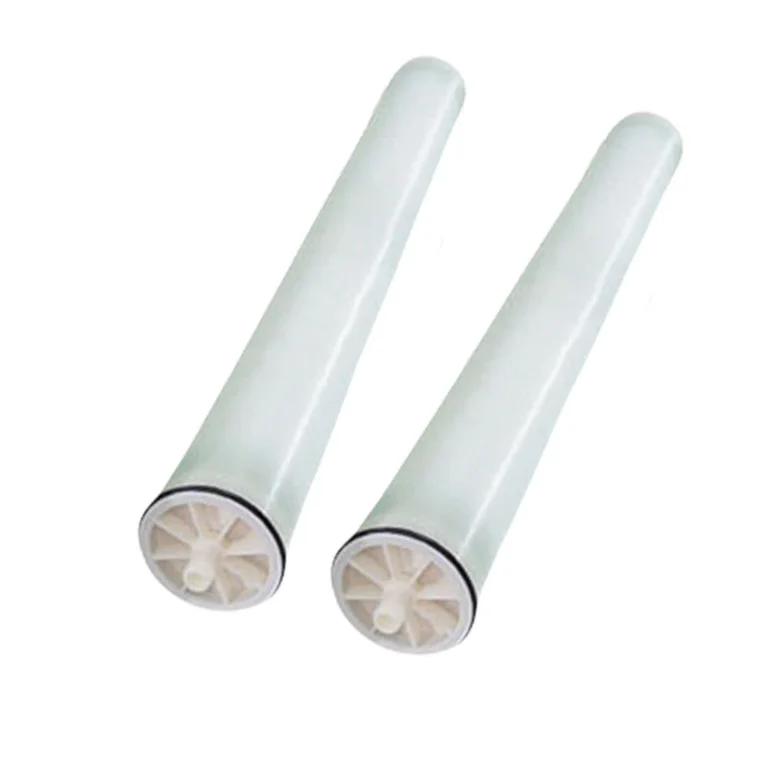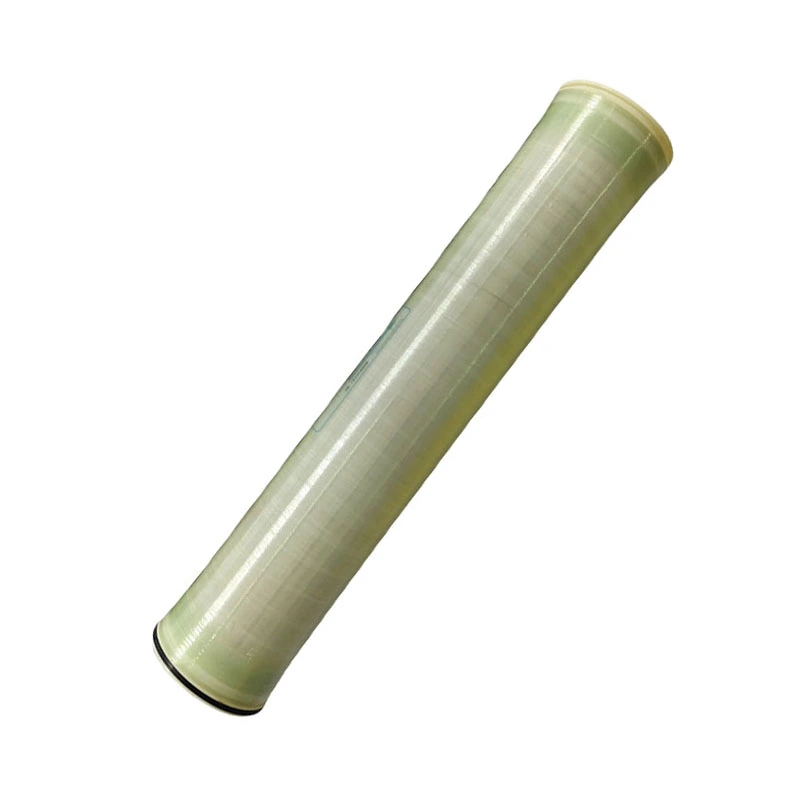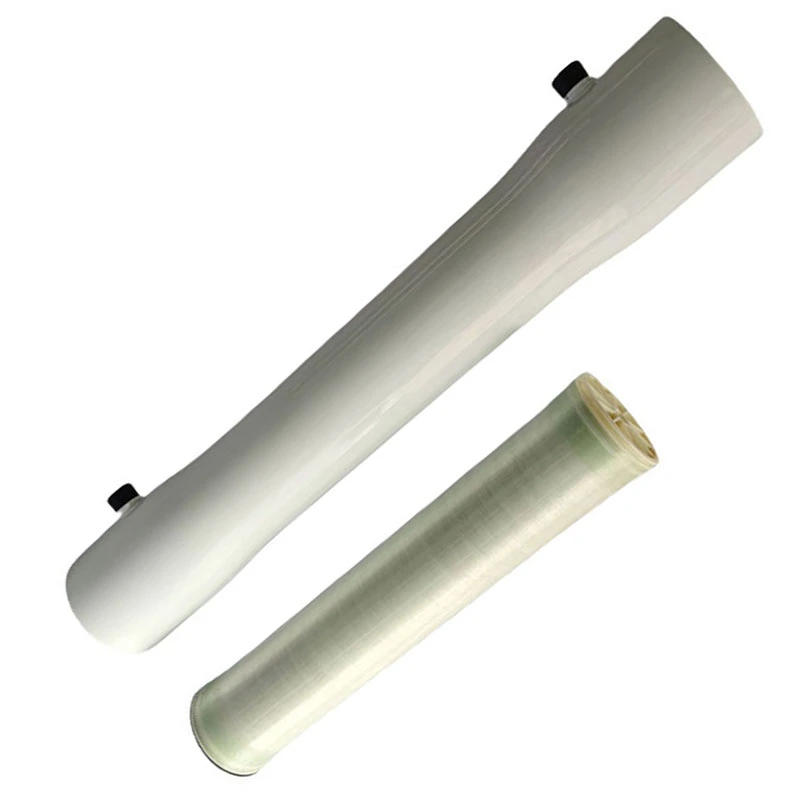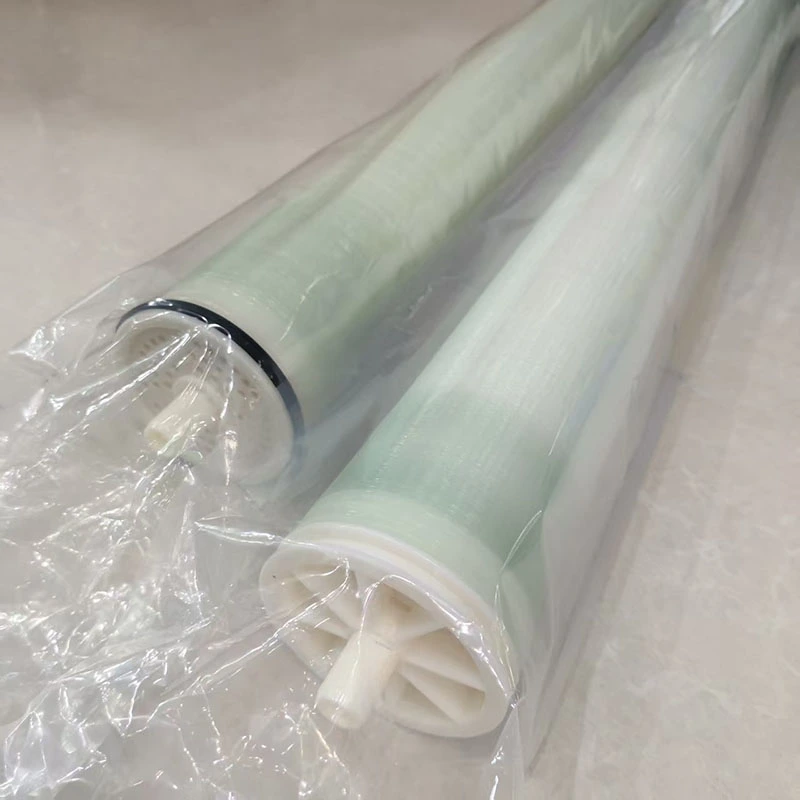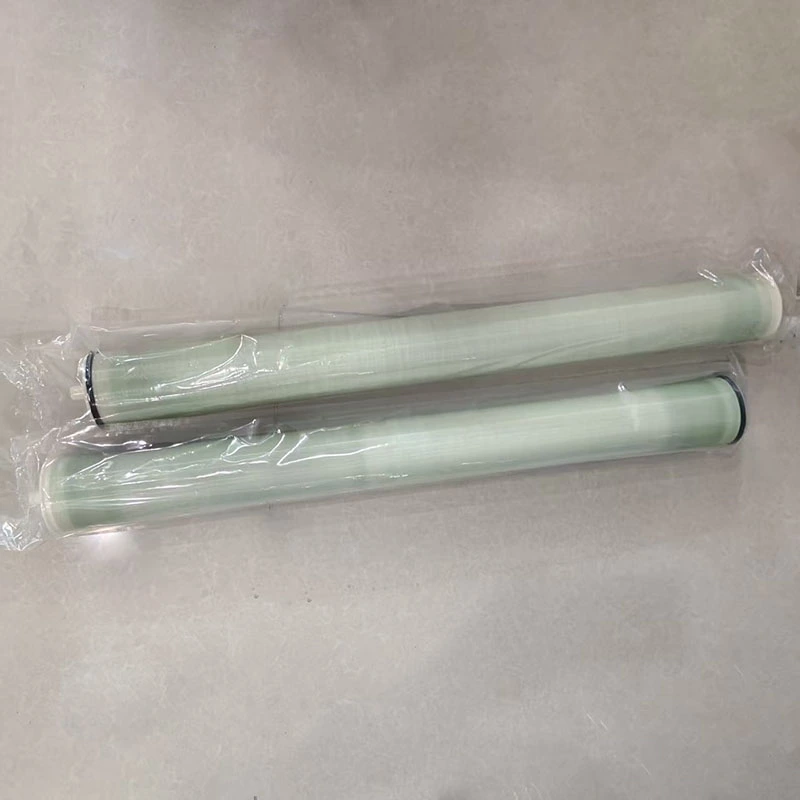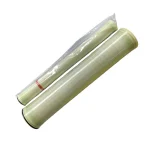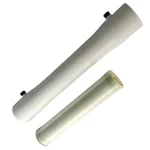BasideWT- Whole Home Water Filtration System & Replacement

Cheap Price UPL4021 4040 8040 RO Membrane for Water Treatment Reverse Osmosis System
PRODUCT PARAMETERS
- Product Name: RO Membrane
- Membrane Type: Polyamide Thin-Film
- Membrane housing: glass fiber reinforced plastics
- Dimensions: 4040 8040 4021 2.5''
- Type: Pure Water Treatment System
- Application: Commercial/Industrial RO plant
- Desalination rate: 99.5%
- Product series:XLP, ULP,LP
- Processing Type: Reverse Osmosis
- Function: Water Purification
- Packing: Standard Exportation Package
Why RO Membranes Dominate Water Filtration
In advanced water purification, reverse osmosis (RO) membranes lead the field in efficiency and reliability. These semi-permeable filters serve in a wide range of applications:
- 🏡 Household systems ( whole-house filters)
- 🏭 Industrial applications (pharmaceuticals, food & beverage)
- 🏢 Commercial setups (hotels, hospitals, labs)
Unlike conventional filters, RO membranes remove up to 99% of dissolved salts, heavy metals, and microplastics (WHO, 2022). But how exactly do they work?
The Science Behind Reverse Osmosis Technology
How RO Membranes Filter Water
An RO water filter membrane operates on a simple but brilliant principle:
- Pressure Application – Water is forced through a semi-permeable membrane at 50–100 psi.
- Selective Filtration – The membrane’s 0.0001-micron pores block contaminants while allowing pure H₂O to pass.
- Waste Removal – Impurities are flushed away as concentrate (brine), leaving clean water.
⚠ Key Insight: Without sufficient pressure, osmosis would naturally move water toward higher salinity—RO reverses this flow!
What RO Removes vs. Standard Filters
| Contaminant | RO Membrane | Carbon Filter |
|---|---|---|
| Dissolved salts | ✔ 99% | ✖ 0% |
| Bacteria/Viruses | ✔ 99.9% | ✔ 85% |
| Chlorine | ✔ 98% | ✔ 99% |
| Lead/Arsenic | ✔ 95-99% | ✖ 10-30% |
Fun fact: NASA originally developed RO tech for astronaut hydration!
RO Membrane SIZE
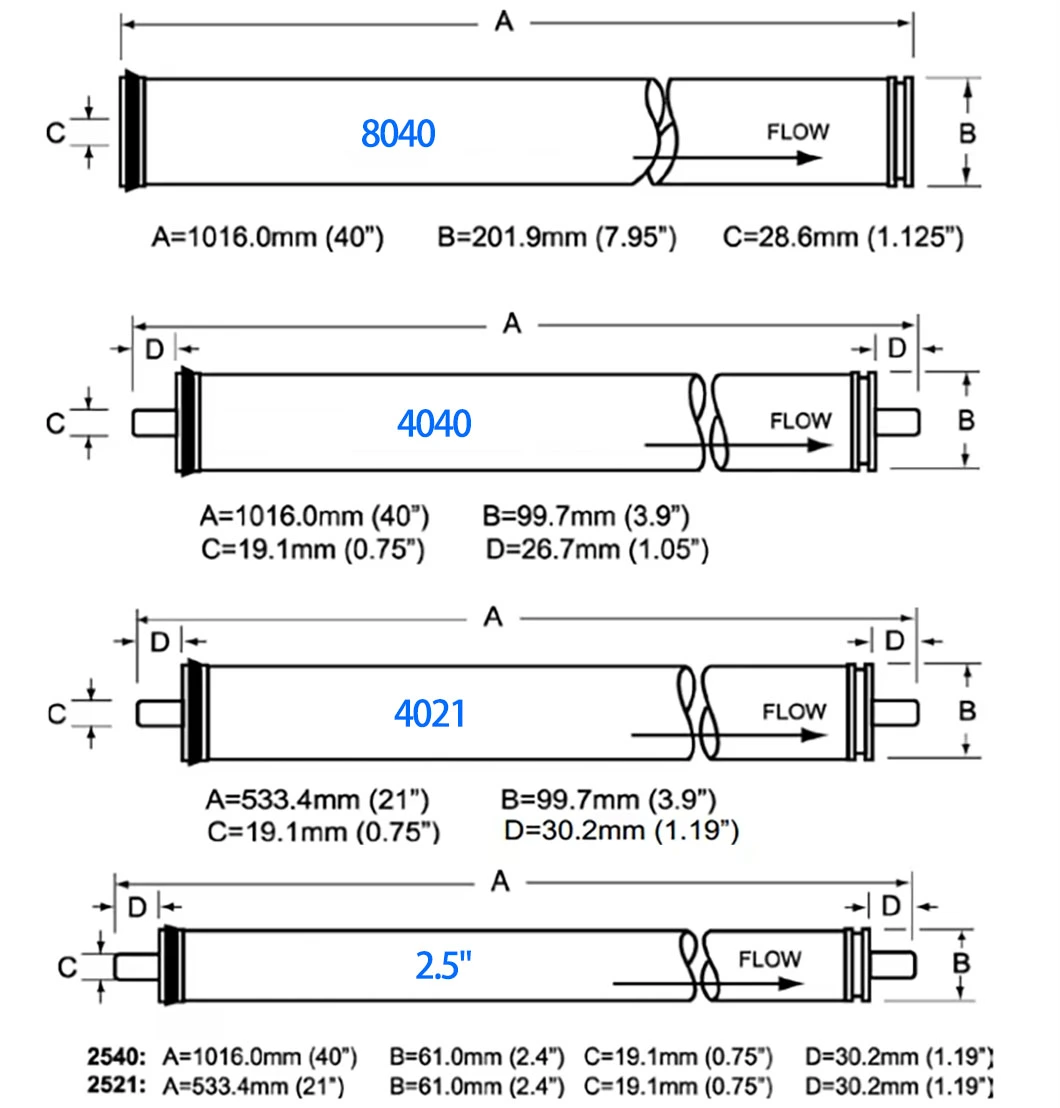
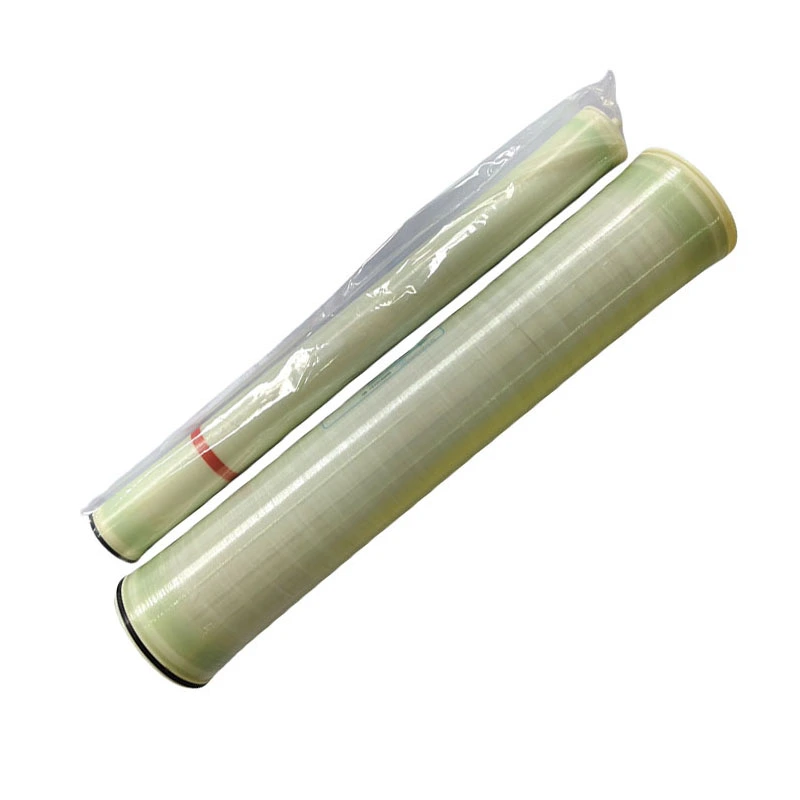
RO Membrane Performance Parameters
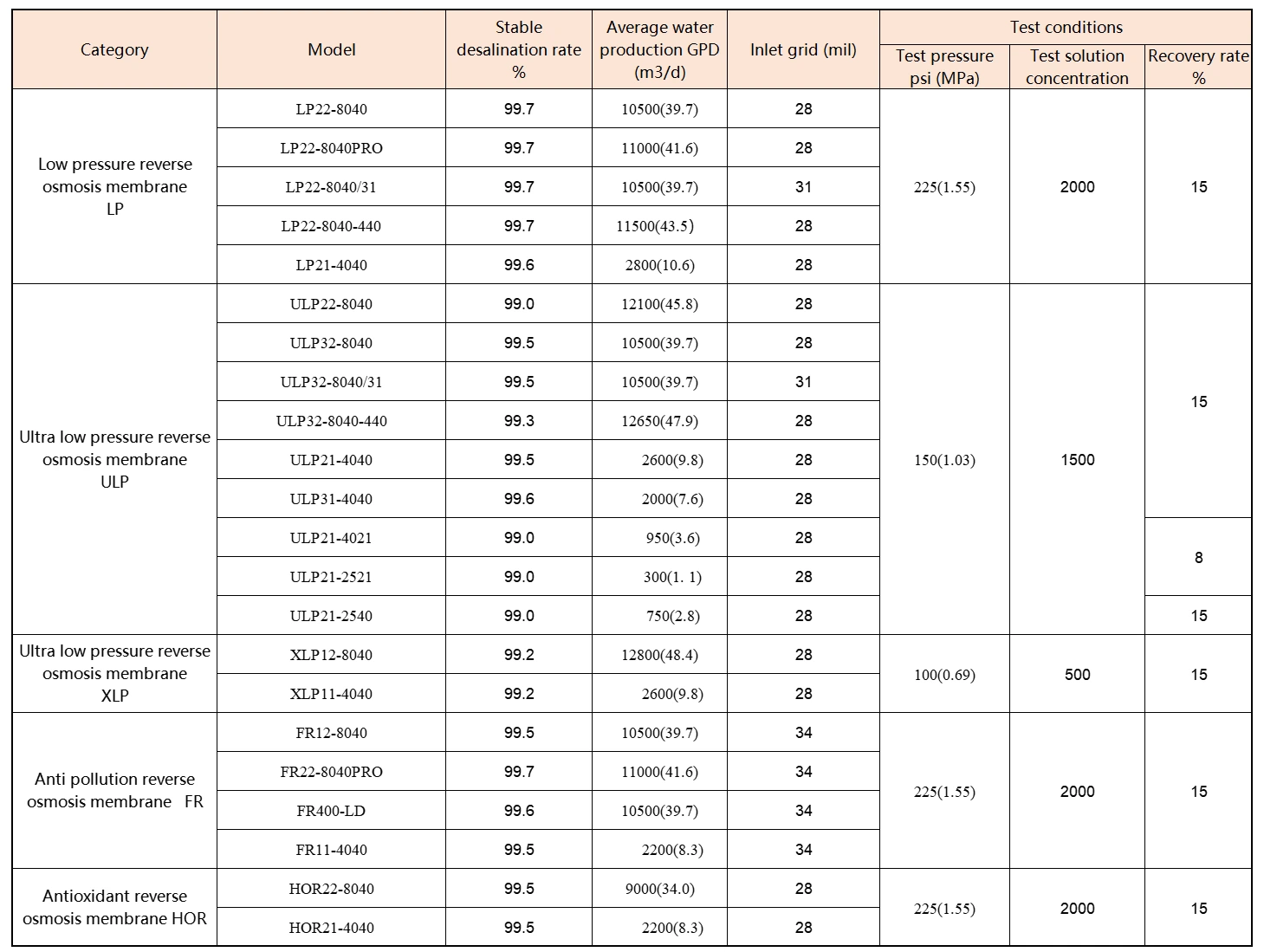
Top 3 Applications of RO Membrane Filters
3.1 Home Drinking Water Systems
- Removes PFAS, fluoride & nitrates (common in tap water)
- 40% cheaper than bottled water long-term
3.2 Industrial Wastewater Recycling
- Car washes & textile plants reuse 70%+ water with RO
- Our 2023 project cut a factory’s water costs by $8,000/month
3.3 Medical & Laboratory Use
- Requires ultra-pure water (0 TDS) for dialysis & lab tests
- RO + DI resin achieves 18.2 MΩ·cm resistivity
Step-by-Step: How to Maintain Your RO Membrane
Extend membrane life to 5+ years with these steps:
- Pre-Filter Changes – Replace sediment/carbon filters every 6 months
- Sanitize Annually – Use hydrogen peroxide (3%) to kill biofilm
- Monitor Pressure – <50 psi reduces efficiency; >100 psi risks damage
- Flush After Stagnation – Run system for 10 mins if unused >72hrs
- Test TDS Monthly – A 10%+ increase signals membrane wear
⚠ Critical Mistake: Using hot water (>45°C) warps the membrane!
RO Membrane Packaging
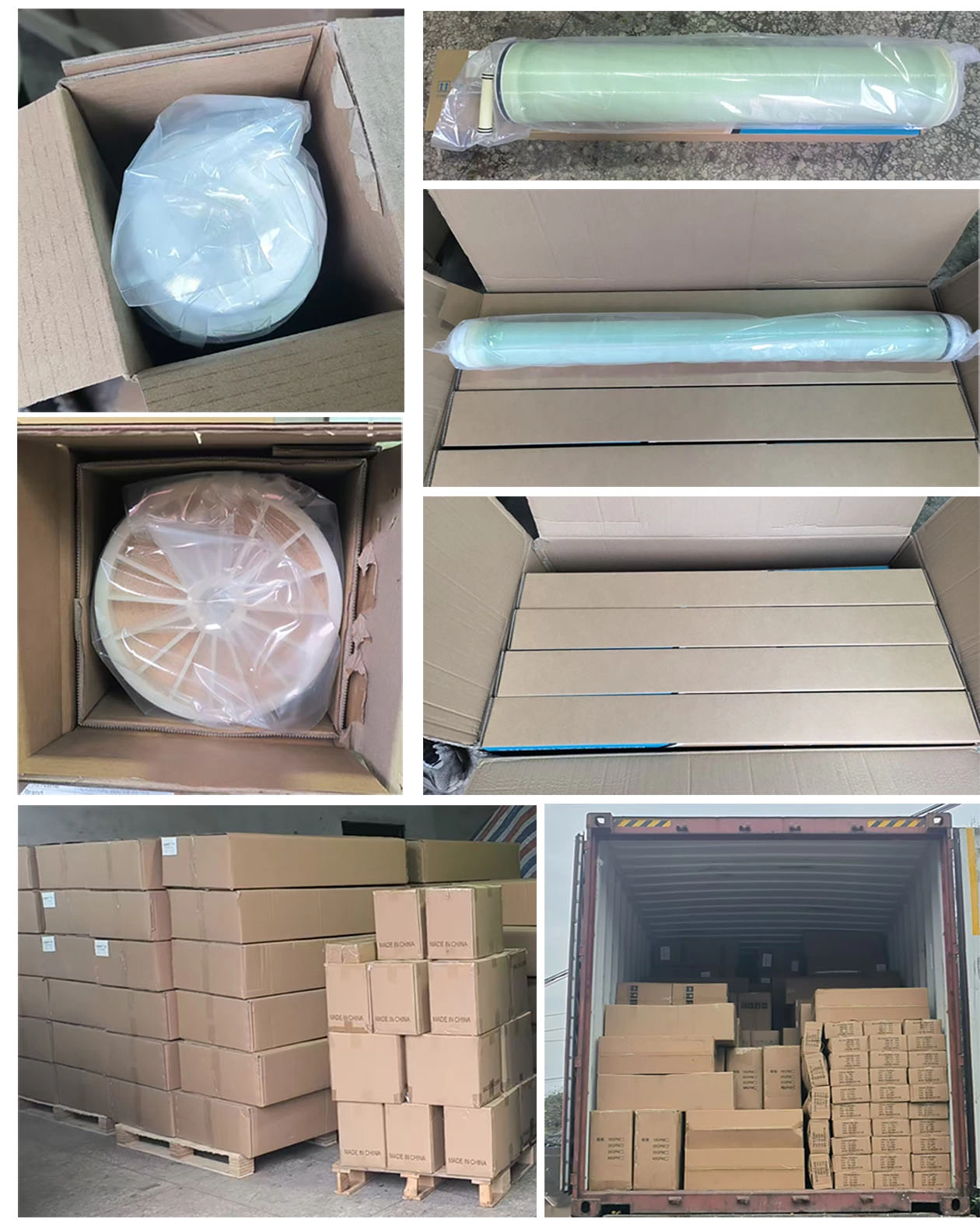
FAQs
Choosing the perfect water treatment system depends on your specific water quality, household size, and needs. We make it easy with our 3-step process:
Water quality testing – analyze your water for contaminants, hardness, and other factors.
Personalized Consultation – Our experts recommend systems based on your results, budget, and water usage.
Customized Solution – From whole-house filtration to targeted solutions (e.g., RO for drinking water, softeners for hard water), we tailor the system to your home.
To determine your water flow rate in gallons per minute (GPM), follow these simple steps:
Prepare for Testing:
- Prepare for Testing:
- Ensure all water fixtures in your home are turned off
- Select the faucet closest to your main water supply line (usually the kitchen sink or an outdoor spigot)
- Conduct the Test:
- Fully open the selected faucet
- Time how many seconds it takes to fill a 1-gallon container
- Repeat the test 2-3 times for accuracy
- Calculate Your Flow Rate:
Use this formula: Flow Rate (GPM) = 60 ÷ Fill Time (seconds)Example Calculation:- If your 1-gallon container fills in 15 seconds
- 60 ÷ 15 = 4 GPM
For more precise measurements or whole-home flow rate analysis, contact our water system specialists. We can help you determine if your current flow rate meets the requirements for any water treatment systems you’re considering.
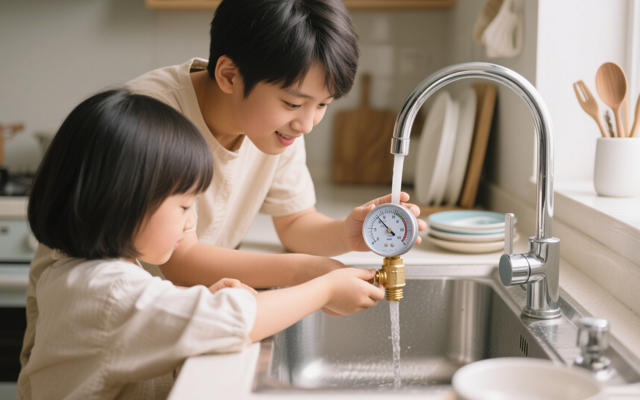
1. Check Multiple Fixtures
Test water pressure at different faucets, showers, and appliances (e.g., kitchen sink, bathroom sink, outdoor hose).
If only one fixture has low pressure, the problem is likely localized (clogged aerator, faulty valve, or pipe issue).
If all fixtures have low pressure, the issue is systemic (main supply, pressure regulator, or water heater).
2. Inspect the Aerator or Showerhead
Unscrew the faucet aerator or showerhead and check for mineral deposits, debris, or rust.
Soak it in vinegar overnight to dissolve buildup, then rinse and reattach.
3. Check the Main Shutoff Valve
Locate the main water shutoff valve (usually near the water meter or where the main line enters the house).
Ensure it’s fully open (turn clockwise to close, counterclockwise to open).
1. Activated Carbon Filters
- Removes:
✅ Chlorine & chloramines
✅ Bad tastes & odors (e.g., sulfur)
✅ Volatile Organic Compounds (VOCs)
✅ Some pesticides & herbicides
❌ Does not remove heavy metals, dissolved minerals, or microbes
2. Reverse Osmosis (RO) Systems
- Removes:
✅ Heavy metals (lead, arsenic, mercury, cadmium)
✅ Dissolved salts (fluoride, nitrates, sulfates)
✅ Microplastics & sediment
✅ Bacteria & viruses (if combined with UV)
✅ Chlorine & chemicals (with carbon pre-filter)
❌ May remove beneficial minerals (can be remineralized)
3. Water Softeners (Ion Exchange)
- Targets:
✅ Calcium & magnesium (hardness)
✅ Low levels of iron & manganese
❌ Does not remove bacteria, chlorine, or heavy metals
4. UV Purifiers
- Kills:
✅ Bacteria (E. coli, coliform)
✅ Viruses (rotavirus, hepatitis)
✅ Protozoa (Giardia, Cryptosporidium)
❌ Does not remove chemicals, metals, or sediment
5. Sediment Filters
- Removes:
✅ Sand, rust, dirt
✅ Large particles & silt
❌ Does not remove dissolved contaminants
6. Whole-House Filtration Systems
Combines multiple methods (carbon + sediment + UV) for broad protection.
- UV: Kills bacteria/viruses but doesn’t remove chemicals or particles.
- RO (Reverse Osmosis): Removes 95–99% of contaminants (heavy metals, dissolved salts) but requires electricity.
- Activated Carbon: Absorbs chlorine, odors, and organic compounds—ideal for pre-filtration.
REQUEST A QUOTE
RELATED PRODUCTS
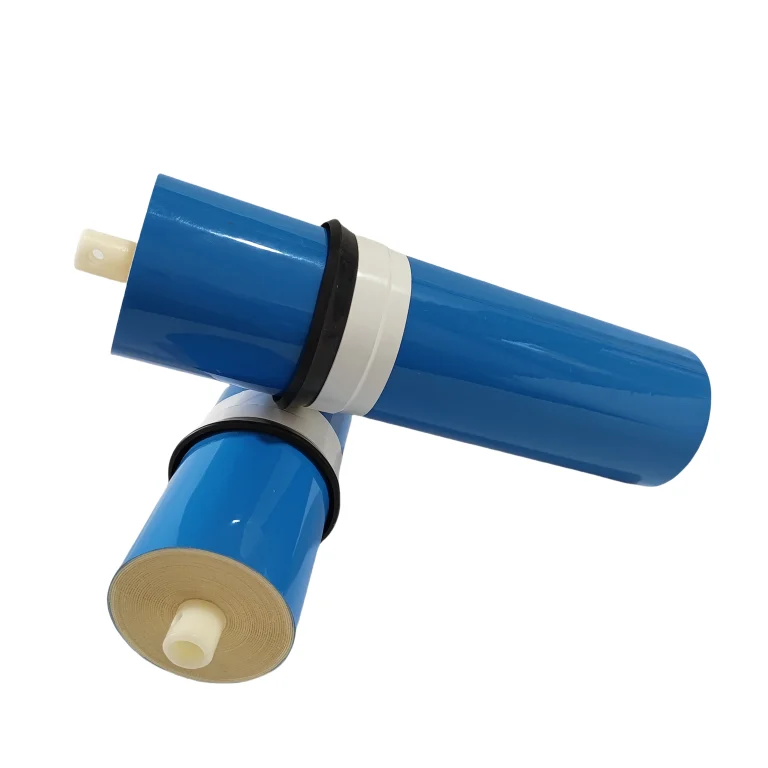
BasideWT Factory Price Water Filter Parts RO Membrane replacement 1812 75G for Home Purifier

3012 RO Membrane Cartridge Water Filter Replacement for Under Sink Home Drinking RO Water Purifier System
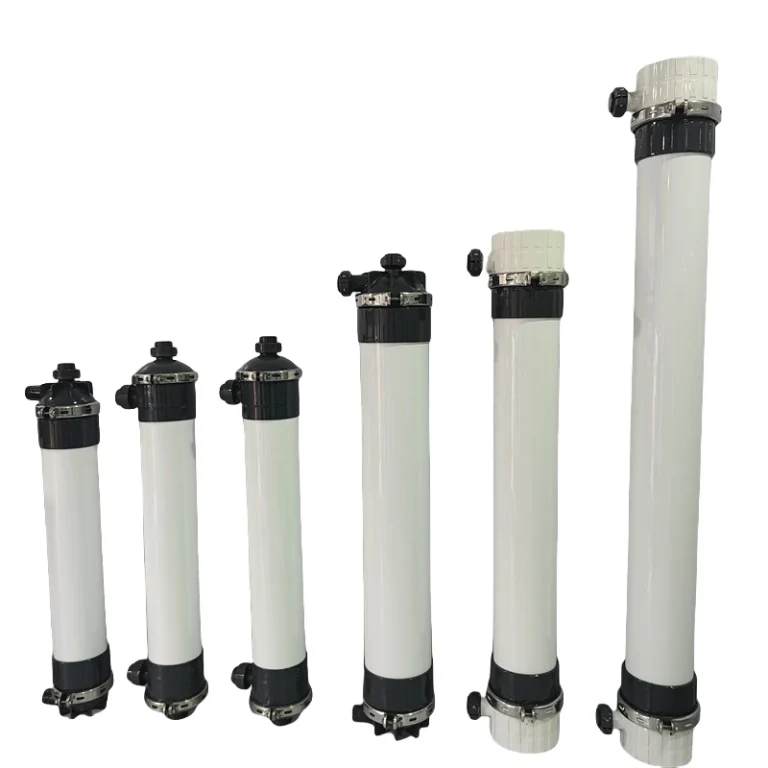
Hollow Fiber UF Membrane Water Filter – Advanced Ultrafiltration System for Clean Water
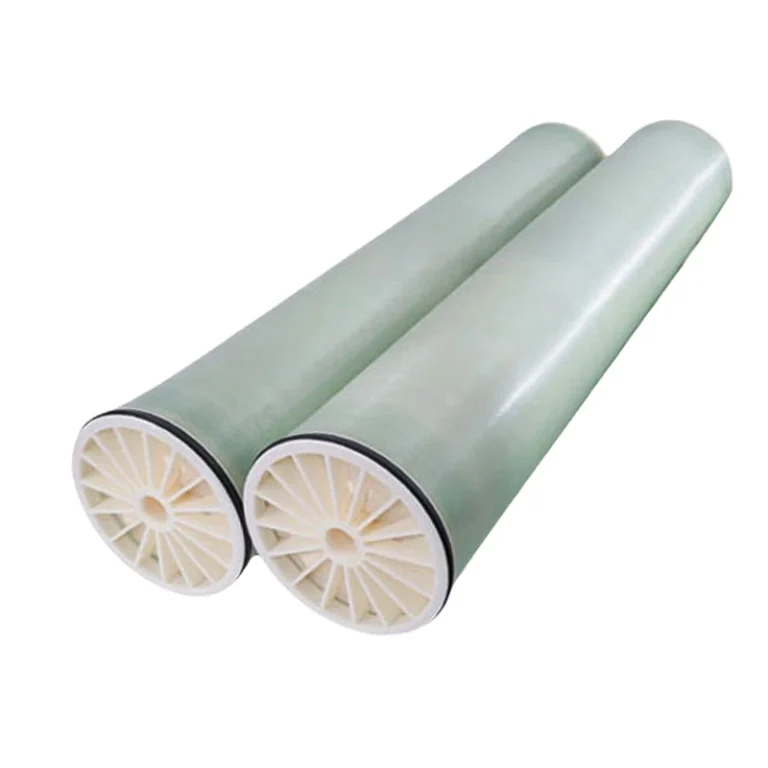
Water ULP Ultra Low Pressure Industrial 8040 Reverse Osmosis Membrane Element 8″ x 40″

UF Filter Membrane Hollow Fiber Ultrafiltration Membranes BasideWT
